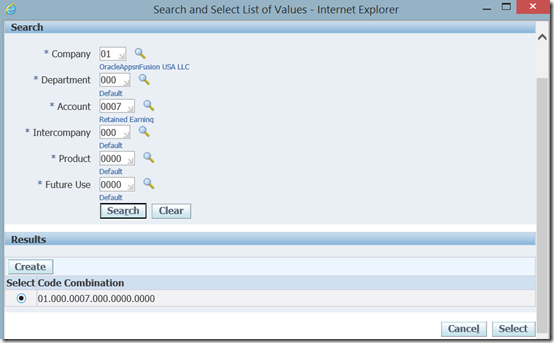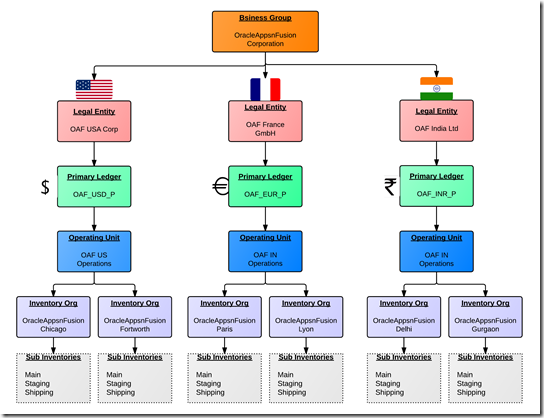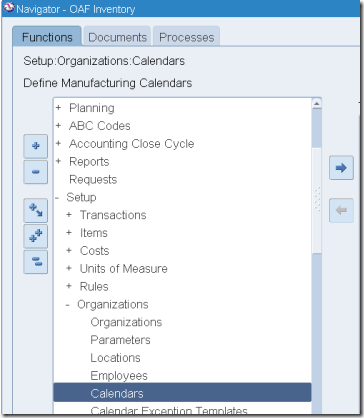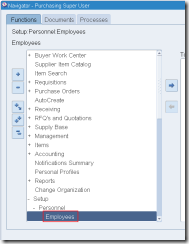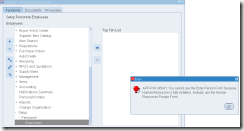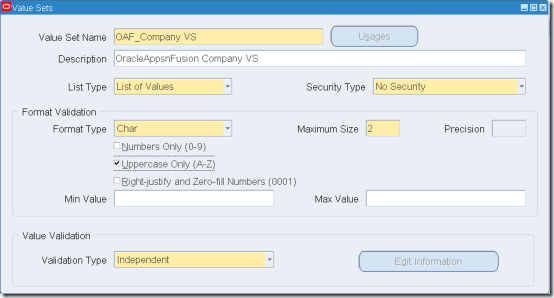Accounting structure consists of 3Cs in terms of oracle applications because the structure is completed with below components :-
- Chart of Account
- Calendar
- Currency
1. Chart of Account : The chart of account is the accounting structure in the general ledger of an organization. Before you define the chart of account you should carefully access your business and decide how many segment you are going to have in your structure. The COA provides unique account number which we use to capture day to day transactions and later use those details to determine asset, liability , profit and loss.
In terms of Oracle application the COA is defined by defining Key Flex Field ‘Accounting Structure’. In R12 General Ledger uses two types of KFF for the COA. The Accounting Flexfield and the GL Ledger Flexfield. The Accounting Flexfield is the primary Accounting Flexfield and should be the only key flexfield used to define and update your chart of accounts.
The GL Ledger Flexfield is a copy of the Accounting Flexfield with an added Ledger segment that is created by running the Generate Ledger Flexfield Program. You should never make changes to the GL Ledger Flexfield directly.By doing this you can cause data corruptions. This flexfield is used exclusively for certain General Ledger features, such as Mass Allocations, Recurring Journals and FSG reports.
Lets have a look at a sample account which we are gonna create for our implementation -
